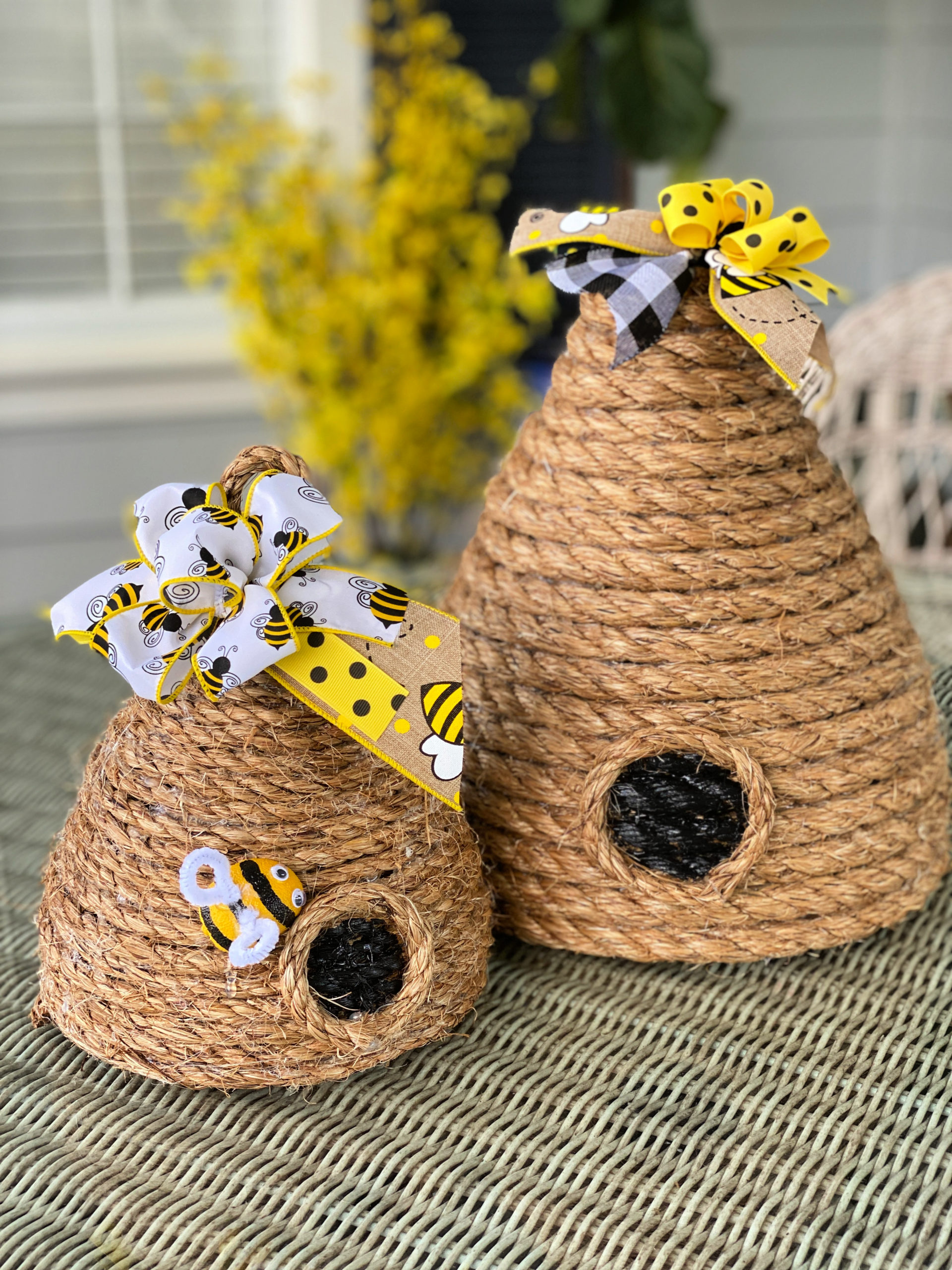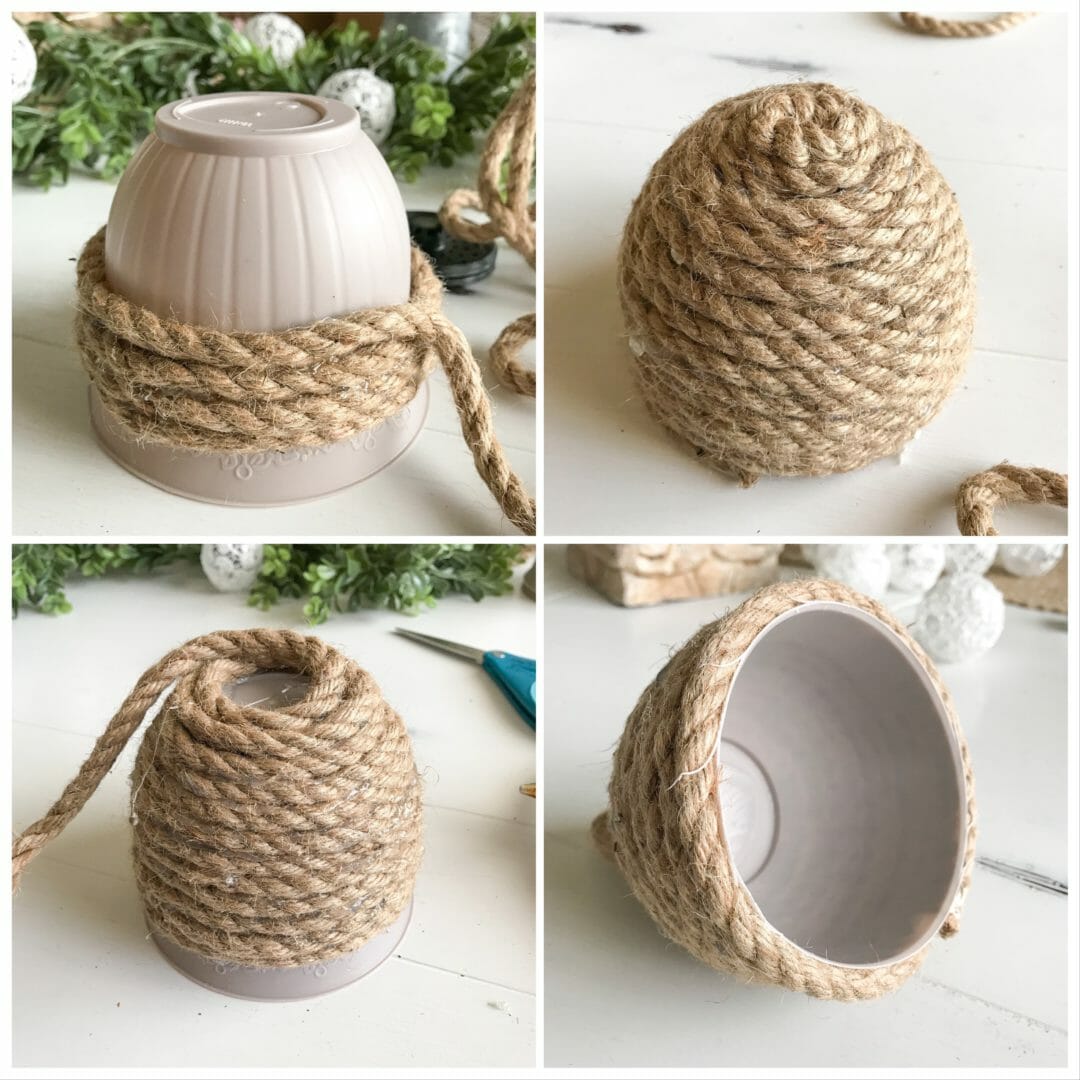As an avid gardener and bee enthusiast, I’ve always been fascinated by the role bees play in our ecosystem and how we can honor them through artful design. Decorative bee skeps are not just charming accents for a garden; they’re steeped in history and offer a practical use. In this comprehensive guide, we’ll explore the rich tradition of skeps, their aesthetic appeal, practical uses, and how to incorporate them into your outdoor space.
What Are Decorative Bee Skeps?
Bee skeps are traditional honeybee hives made from woven straw or similar materials. While they were once functional structures for beekeeping, today they serve primarily as decorative items that celebrate the relationship between humans and bees. Their rounded shape and natural materials make them an attractive addition to any garden.
The History of Bee Skeps
Historically, bee skeps were prevalent in Europe and other parts of the world as a method of beekeeping. The design dates back centuries, with variations seen in numerous cultures. Early beekeepers would construct skeps from straw, hay, or reeds, providing bees with a cozy space to thrive. The introduction of modern beekeeping methods led to a decline in the use of these traditional hives, but today they are cherished for their artistic value.

Evolution of Bee Skeps
- Ancient Practices: Skeps were often placed on rooftops or in orchards to attract bees for pollination.
- Shift to Modern Beekeeping: The shift to Langstroth hives in the 19th century made skeps obsolete for honey production.
- Contemporary Revival: Today, decorative bee skeps are celebrated in gardens, art, and home decor.

Why Choose Decorative Bee Skeps?
Incorporating decorative bee skeps into your garden can provide both aesthetic pleasure and educational opportunities. Here are some reasons to consider them:

| Benefits | Description |
|---|---|
| Eco-Friendly Decor | Made from natural materials, they are sustainable and biodegradable. |
| Support for Pollinators | Encourages bees to visit your garden, enhancing pollination. |
| Artistic Value | Adds a rustic charm and historical element to outdoor spaces. |
| Educational Tool | Great for teaching children about bees and their importance in the ecosystem. |
Decorative vs. Functional Bee Skeps

Understanding the difference between decorative and functional bee skeps is crucial for those interested in beekeeping or gardening.
| Feature | Decorative Skeps | Functional Skeps |
|---|---|---|
| Material | Usually crafted from non-functional materials for aesthetics. | Made from straw and designed for beekeeping purposes. |
| Use | Mainly for decoration, enhancing garden beauty. | Housing for bees, allowing honey collection. |
| Maintenance | Minimal; mostly cleaning and placement. | Requires knowledge and regular upkeep. |
| Longevity | Long-lasting as garden decor. | Dependent on bee health and management. |

Choosing the Right Decorative Bee Skep
When selecting a decorative bee skep for your garden, consider the following factors:

Materials
Look for skeps made from natural materials such as straw or reed. Avoid plastic replicas, as they do not have the same charm and environmental benefits.
Size and Style
Decide on the size based on your garden space. Larger skeps can serve as focal points, while smaller ones can be placed among flowers to create a whimsical atmosphere.
Color and Finish
While traditional bee skeps are often left in their natural straw color, some are painted or treated for added durability. Choose a style that complements your garden’s overall aesthetic.
Personal Experience
After spending time experimenting with different styles in my own garden, I found that a natural, unpainted skep blends seamlessly with the surrounding flora. Not only does it look great, but it also attracts more bees, which is a win-win.
Where to Place Your Bee Skep
Location is key when incorporating decorative bee skeps into your garden. Here are some suggestions:
Sunny Spots
Bees love sunlight, so place your skeps in areas that receive plenty of natural light. A sunny corner of your garden can be ideal.
Near Flower Beds
Position your skeps close to flowering plants to encourage bees to visit both the skep and your blooms. This will create a vibrant ecosystem.
Decorative Groupings
Try grouping your decorative skeps with other garden ornaments, such as bird baths or sculptures, to create a cohesive look.
Decorative Bee Skep Care and Maintenance
While decorative bee skeps require minimal maintenance, a few care tips can ensure they stay beautiful season after season.
Cleaning
Gently remove any debris or dust with a soft brush. Avoid harsh chemicals, as they can damage the natural materials.
Weather Protection
Consider bringing your skeps indoors during extreme weather conditions, such as heavy rain or strong winds. Alternatively, you can use a protective sealant to enhance durability.
Seasonal Adjustments
Change the placement of your skeps according to the seasons to keep your garden dynamic and engaging.
DIY Decorative Bee Skeps
If you’re feeling crafty, why not try making your own decorative bee skep? Here’s a simple guide:
Materials Needed
- Straw or reeds
- Twine or natural rope
- Scissors
- Wire frame (optional)
Steps to Create Your Own Bee Skep
- Start with a wire frame or create a cone shape using straw or reeds.
- Wrap the straw tightly around the frame, securing with twine as you go.
- Shape the skep to your desired size and ensure a smooth finish.
- Secure all ends and check for loose areas.
Final Touches
Hang your finished skep in your garden or place it on a stand to add a personal touch to your space!
Decorative Bee Skeps: Pros and Cons
Pros
- Enhances garden aesthetics
- Supports local bee populations
- Easy to maintain
- Historical and educational value
Cons
- Not suitable for functional beekeeping
- Requires outdoor placement; exposure to the elements can deteriorate the materials over time
Conclusion
Decorative bee skeps are more than just charming additions to your garden; they represent a historical connection to nature and support the vital role bees play in our ecosystem. Whether you choose to purchase one or create your own, these skeps can enhance the beauty of your outdoor space while fostering a deeper appreciation for our buzzing friends.
Frequently Asked Questions (FAQs)
1. Can I use decorative bee skeps for actual beekeeping?
No, decorative bee skeps are not designed for functional beekeeping and should be used solely for decorative purposes.
2. What materials are best for decorative bee skeps?
Natural materials like straw or reeds are ideal as they are eco-friendly and aesthetically pleasing.
3. How do I maintain my decorative bee skep?
Keep it clean by removing debris and consider protecting it from extreme weather to prolong its life.
4. Are decorative bee skeps harmful to bees?
No, as they are not functional hives, they do not pose any harm. Instead, they can encourage bees to visit your garden.
5. Can I make a bee skep at home?
Absolutely! Making your own bee skep can be a fun and rewarding DIY project. Follow simple guidelines for materials and construction.
Embrace the beauty of decorative bee skeps and invite a buzz of creativity into your garden! Happy gardening!